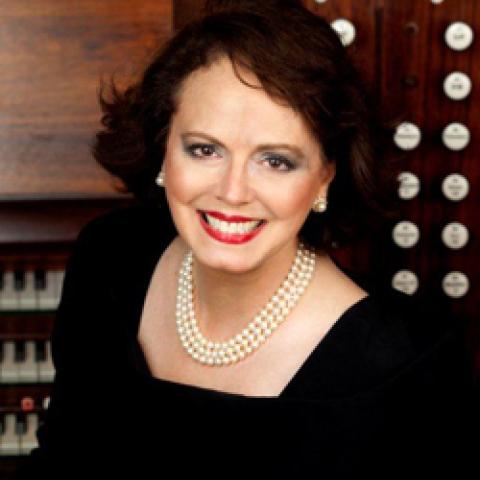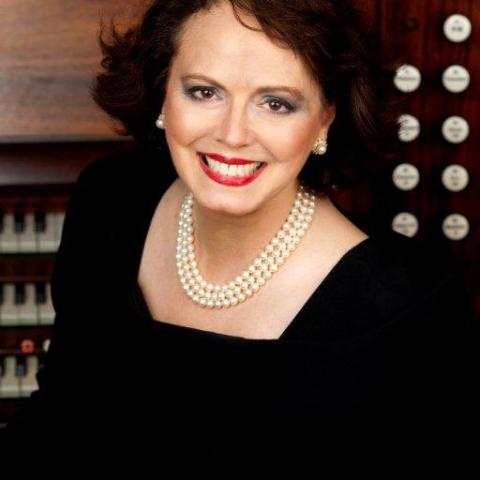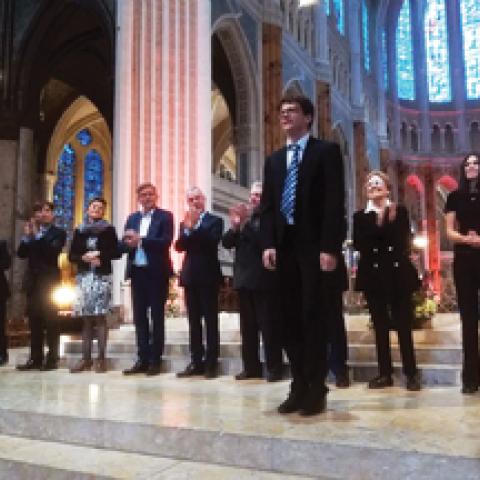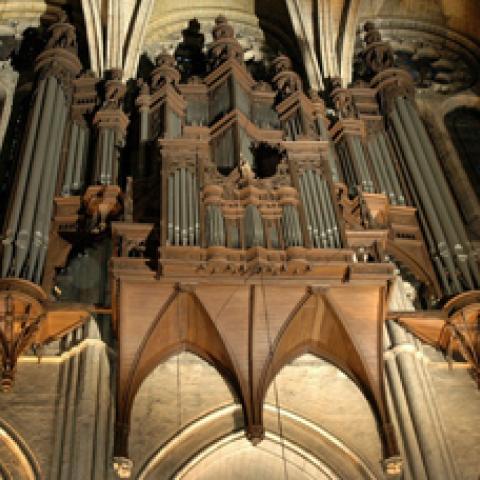Gilles Cantagrel has been named chairman of the Association des Grandes Orgues de Chartres, which sponsors the Grand Prix de Chartres Interntional Organ Competition as well as the Chartres Organ Festival. He succeeds Bertrand Dufourcq, Ambassador of France, who served as interim chairman after the death of former chairman Pierre Firmin-Didot in January 2001.






